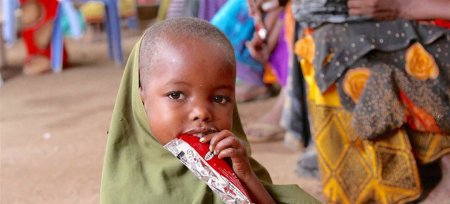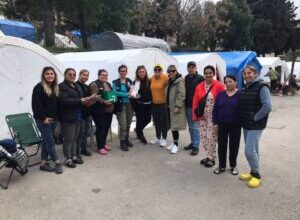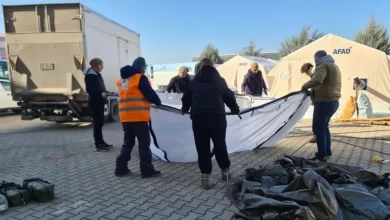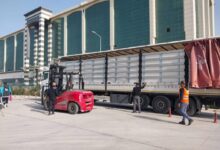
Up to 2.7 million people across Somalia are expected to face food consumption gaps or depletion of livelihood assets indicative of Crisis (IPC Phase 3)1 or worse outcomes through mid-2021 in the absence of humanitarian assistance. The drivers of acute food insecurity in Somalia include the compounding effects of poor and erratic rainfall distribution, flooding, Desert Locust infestation, socioeconomic impacts of COVID-19, and conflict. Moreover, approximately 840 000 children under the age of five are likely to be acutely malnourished, including nearly 143 000 who are likely to be severely malnourished. It is likely that sustained, large-scale humanitarian food assistance and government support since July 2020 have mitigated the magnitude and severity of food insecurity. Through at least mid-2021, Desert Locust will continue to pose a serious risk of damage to both pasture and crops across Somalia. Available forecasts indicate an increased likelihood of below-average rainfall during the 2021 Gu (April-June) season across most of the country, which would adversely affect food security and nutrition outcomes. These findings are based on the 2020 post-Deyr seasonal food security and nutrition assessment conducted across Somalia in November and December 2020. The assessment and the subsequent analyses were jointly led by the Food Security and Nutrition Analysis Unit and the Famine Early Warning Systems Network with the active participation of government institutions, UN, and NGO partners.
Delayed and erratic rainfall distribution characterized the October to December 2020 Deyr season, resulting in below-average, cumulative rainfall across most of the country. The poor rains led to inadequate replenishment of pasture and water resources and below-average Deyr crop production. In addition, Cyclone Gati caused significant damages and livestock deaths in northeastern coastal areas in late November, though the rains ultimately alleviated dry conditions. Furthermore, recurrent floods between July and early November caused further population displacement and damaged crops and farmland in riverine areas of Hiiraan, Shabelle, and Juba regions. Despite favorable Hagaa/Karan (July-September) rainfall in agropastoral and pastoral livelihood zones in the Northwest, the rains could not compensate for crop losses caused by poor Gu (April-June 2020) rainfall during the planting, germination, and growing seaso.
Source : FEWS NET , FSNAU







